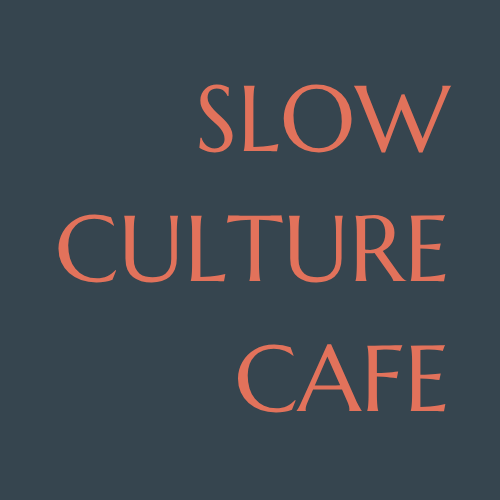The Personal Art Revolution: How Custom Works Are Redefining Individual Expression
The contemporary art market is experiencing a profound transformation as buyers increasingly seek artwork that speaks directly to their personal narratives, values, and lived experiences.
The art market is changing in 2025, with younger buyers and collectors increasingly joining existing art lovers. The individual's urge for self-determination and self-realization also determines art purchases. The permanent presence on social networks creates new opportunities for artists to make contact with new fans and collectors.
This shift toward personalized, emotionally resonant art represents more than a trend—it's a fundamental reimagining of how we relate to creative expression in our homes and spaces. The traditional model of mass-produced prints and generic wall décor is giving way to a thriving ecosystem of custom and bespoke works that celebrate individual identity and foster deeper emotional connections between collector and creation.
The Psychology Behind Personal Art: Why We Crave Individual Expression
The human desire for personalized art stems from our fundamental need for self-expression and identity validation. In an increasingly digital and homogenized world, people are seeking tangible ways to assert their uniqueness and surround themselves with objects that reflect their authentic selves.
Custom artwork serves as a form of visual autobiography, telling stories that mass-produced pieces simply cannot convey. Whether it's a portrait that captures a beloved family moment, an abstract piece that embodies personal spiritual beliefs, or a landscape that commemorates a meaningful place, personalized art creates an emotional resonance that transforms living spaces into deeply personal sanctuaries.
Research in environmental psychology demonstrates that personalized spaces contribute significantly to well-being and mental health. When individuals surround themselves with art that reflects their values, memories, and aspirations, they create environments that nurture their psychological needs for autonomy and self-actualization.
An art collection is bought regardless of art trends or style trends, the individual requirement, and the well-being in the presence of the works of art is in the foreground.
This understanding has driven a new generation of art buyers who view their collections not merely as decoration but as extensions of their identity and tools for emotional regulation.
The Digital Renaissance: How Technology Enables Bespoke Creation
AI and the daily digitization have totally changed the creation and accessibility of personalized art, making custom works more attainable than ever before. Digital platforms connect artists with clients across the globe, enabling collaborations that would have been impossible just decades ago.
Advanced software allows artists to create detailed mockups and visualizations, ensuring that commissioned pieces meet exact specifications before the final work begins.
3D printing, laser cutting, and digital fabrication techniques have expanded the possibilities for personalized art beyond traditional mediums, allowing for intricate customizations in sculpture, mixed media, and installation pieces.
Social media platforms have become virtual places where artists showcase their custom work capabilities, while artificial intelligence tools assist in generating initial concepts based on personal preferences and style inputs.
This technological integration has democratized the bespoke art market, making it accessible to middle-class buyers who previously viewed custom artwork as an exclusive luxury reserved for the wealthy elite.
Similar to the book market, the art market can not only be democratized but also developed further with the help of AI and digitalization. It is finally possible to experience art digitally, regardless of time and place.
Beyond Aesthetics: Art as Personal Narrative and Cultural Identity
Today's personalized art movement extends far beyond simple aesthetic preferences to encompass deeper cultural and personal narratives. Buyers are increasingly seeking works that reflect their heritage, celebrate their cultural identity, or commemorate significant life events.
The rise of identity-conscious art buying reflects broader societal shifts toward authenticity and representation. Collectors are investing in pieces that tell their stories, whether through portraiture that captures generational wisdom, abstract works that embody personal spiritual journeys, or conceptual pieces that address social issues important to their values.
This approach transforms art collecting from passive acquisition to active participation in cultural dialogue and personal storytelling.
The Economic Impact: A Thriving Market for Individual Expression
The personalized art market has experienced explosive growth, with custom commissions now representing a significant portion of many artists' income streams. This economic shift has created new opportunities for emerging artists who may struggle to break into traditional gallery systems but excel at creating intimate, personalized works.
The direct artist-to-collector relationship fostered by custom work often results in higher profit margins for creators while providing buyers with more affordable access to original art.
Online marketplaces specializing in custom artwork have emerged as major players in the art economy, facilitating thousands of commissions annually. This market expansion has also influenced traditional galleries and art fairs, many of which now offer personalization services.
The future of art collecting increasingly points toward this personalized approach, where the value of a piece is measured not only by its aesthetic merit or investment potential but by its ability to reflect and enhance the collector's personal narrative.
This evolution represents a return to art's fundamental purpose: to move, inspire, and connect with human experience on the most intimate level.

